6 mistakes you can avoid when buying a new smartphone
Buying a new smartphone is a big (an expensive) decision. Here's a simple guide to avoid some common mistakes when buying a new handset
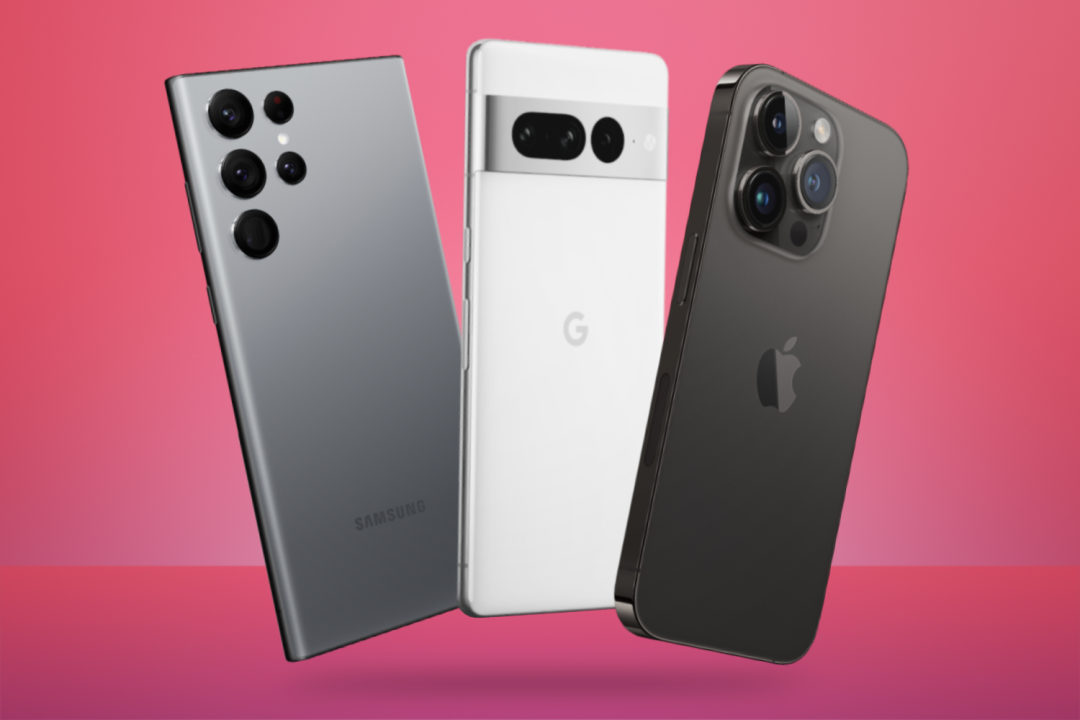
Want to buy the best new smartphone, but aren’t sure where to start? You’re not the only one. It can be a minefield out there! Once you’ve decided between iOS and Android, you’ve got dozens of brands to pick from (if you go down the Android route). Even going down the simpler iPhone route, there are still plenty of models to pick between. How much do you want to spend? And do you really need the latest model?
With that in mind, we’ve made a simpler guide for picking out a new phone. Here are 6 common mistakes smartphone buyers make, and how you can avoid them.
Decide which camp you fall into
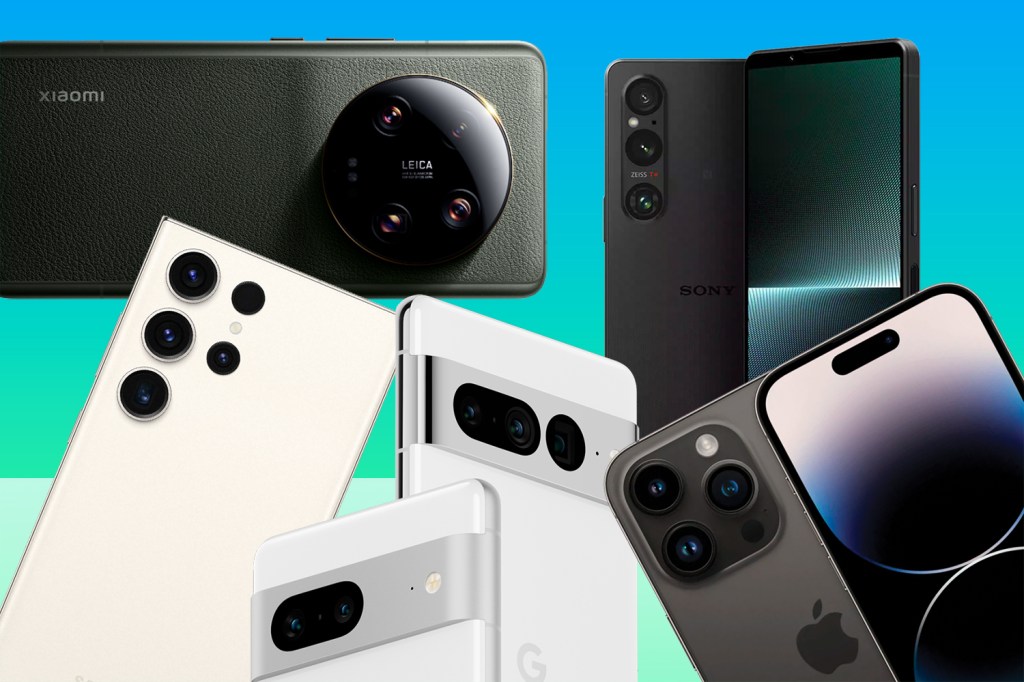
Choosing between iOS and Android is the first, and possibly most contentious, decision you’ll face. This isn’t just about selecting a phone; it’s about choosing an experience for all your devices. Whichever you pick, you’ll need to go down the same route for a smartwatch, tablet, or earbuds to get the optimal experience. It’s a pretty big decision.
On one side, you have the sleek, minimalist charm of Apple’s iOS, promising an intuitive user experience and a seamless integration with a universe of other Apple products. It’s the choice for those who appreciate a controlled, polished ecosystem where everything just works.
On the flip side, Android offers a realm of customization and flexibility. You’re free to tweak and tinker to your heart’s content. Android devices cater to a diverse array of devices, from budget-friendly options to high-end flagships, ensuring there’s something for everyone. The platform’s openness fosters innovation and variety, but it can also lead to fragmentation and a less uniform user experience.
Set a budget
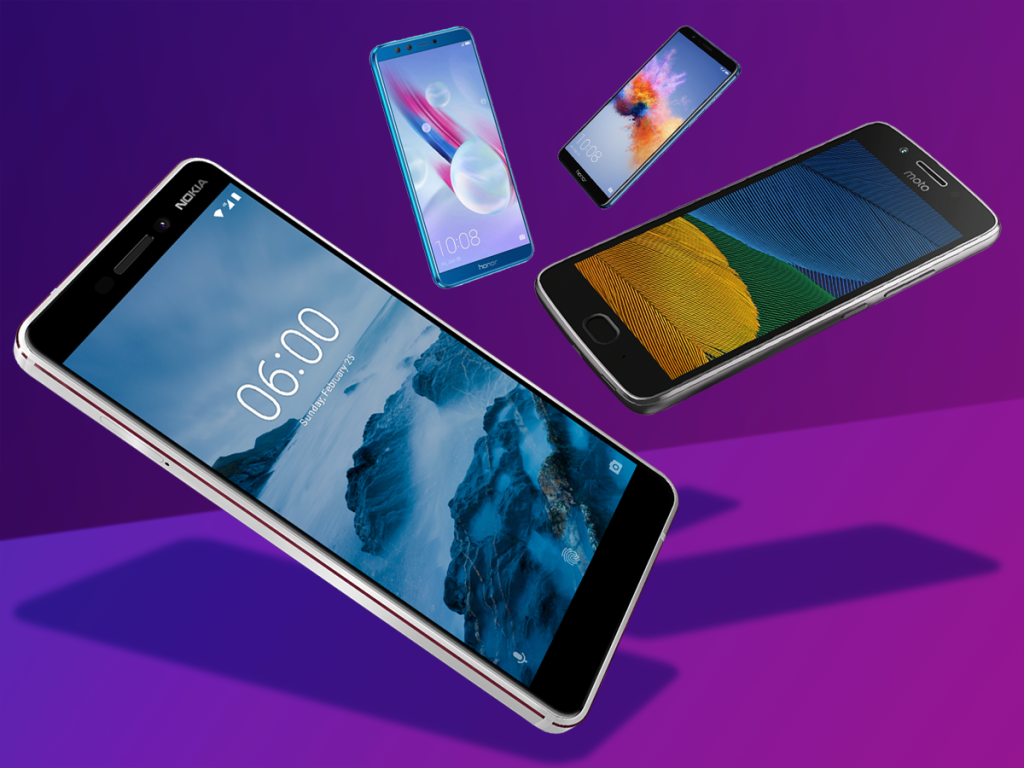
Budgeting for your new smartphone is a delicate dance between aspiration and reality. In an ideal world, we’d all have the latest and greatest without a second thought. However, our bank accounts demand more pragmatic choices. The latest flagships can go north of $1000/£1000.
Setting a budget requires a clear-eyed assessment of what you can realistically afford without compromising other financial priorities. It’s about finding that sweet spot where affordability meets functionality, ensuring you get the features you need without the financial hangover.
Moreover, it’s essential to resist the siren call of impulse purchases and marketing hype. Manufacturers and carriers are adept at presenting the latest model as a must-have, playing on our fears of missing out. Often, you don’t actually need the latest smartphone, a budget model will do you well.
By setting a budget and sticking to it, you empower yourself to make a decision based on value and necessity, rather than being swayed by fleeting trends. Remember, the most expensive phone is not necessarily the best phone for you. Prioritize your needs, do your research, and let your budget be your guide, not a constraint.
Do you want old or new?
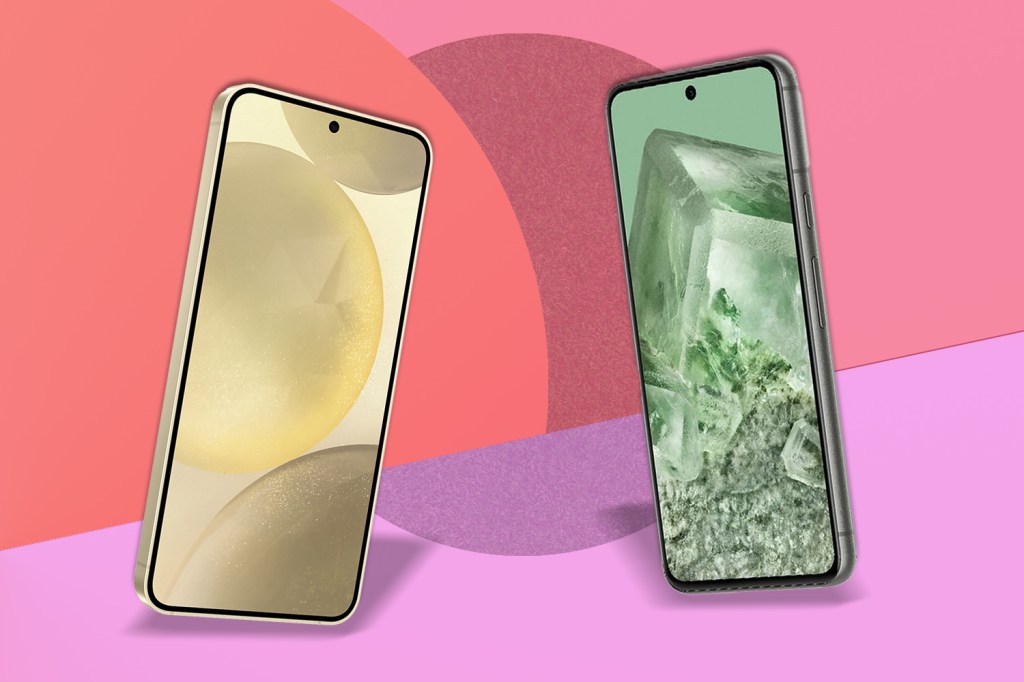
Continuing from the above, the allure of the latest smartphone model is undeniable. Each new release promises technological advances, improved performance, and the prestige of having the newest gadget in your pocket. However, this constant cycle of upgrades begs the question: Is the latest model truly worth it?
Often, the differences between generations are incremental – minor improvements in speed, camera quality, or battery life that don’t necessarily justify the premium price tag. Opting for an older model can be a savvy move. Not only do you benefit from a lower price, but you also get a device whose kinks and quirks have been ironed out, thanks to software updates and real-world usage feedback.
The performance of last year’s flagship often rivals or even surpasses that of the newer mid-range models, offering exceptional value for money. The key is to assess your needs objectively. If the latest features don’t dramatically impact your usage, an older model can provide the perfect blend of performance and savings.
Pick the features you value most
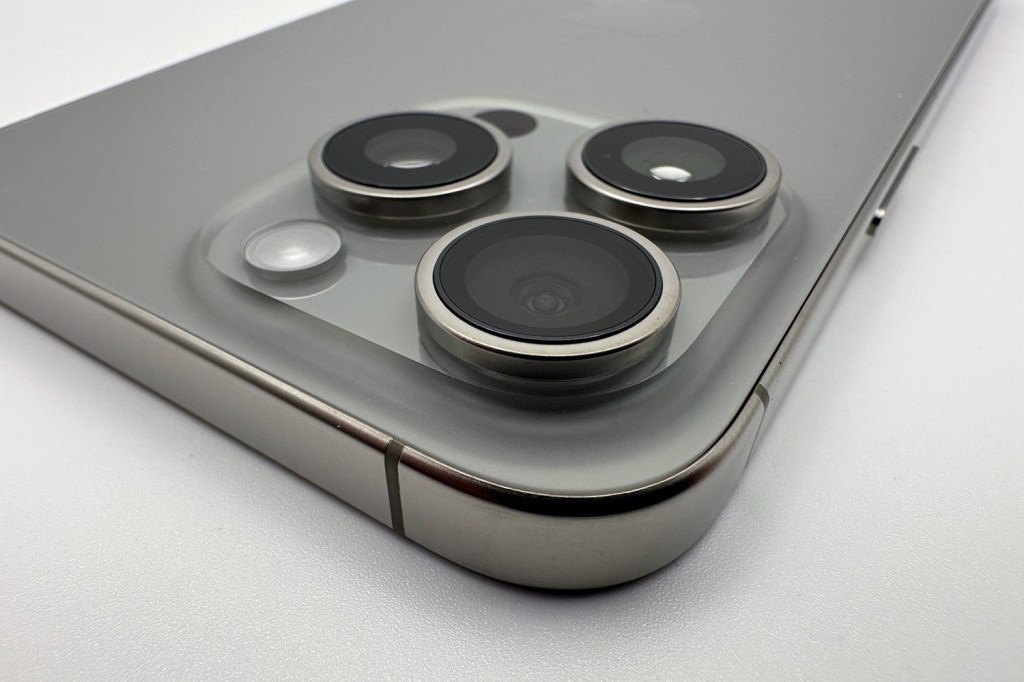
In the quest for the perfect smartphone, it’s easy to be dazzled by a long list of features. Manufacturers tout their devices as Swiss Army knives of technology, capable of everything from 8K video recording to real-time language translation. However, it’s crucial to step back and evaluate which features genuinely align with your lifestyle and usage patterns.
Not everyone needs a cinema-grade camera smartphone in their pocket or the ability to play graphically intense games on the go. Consider what you use your phone for most. This focused approach ensures you invest in a device that enhances your life without cluttering it with unnecessary gadgets.
If photography is your passion, prioritize camera quality and image processing capabilities. If you’re a mobile gaming enthusiast, look for a phone with a high refresh rate display and robust processing power. By identifying the features that matter most to you, you can avoid paying a premium for bells and whistles that sound impressive but have little practical application in your daily life.
Buying outright vs on a contract
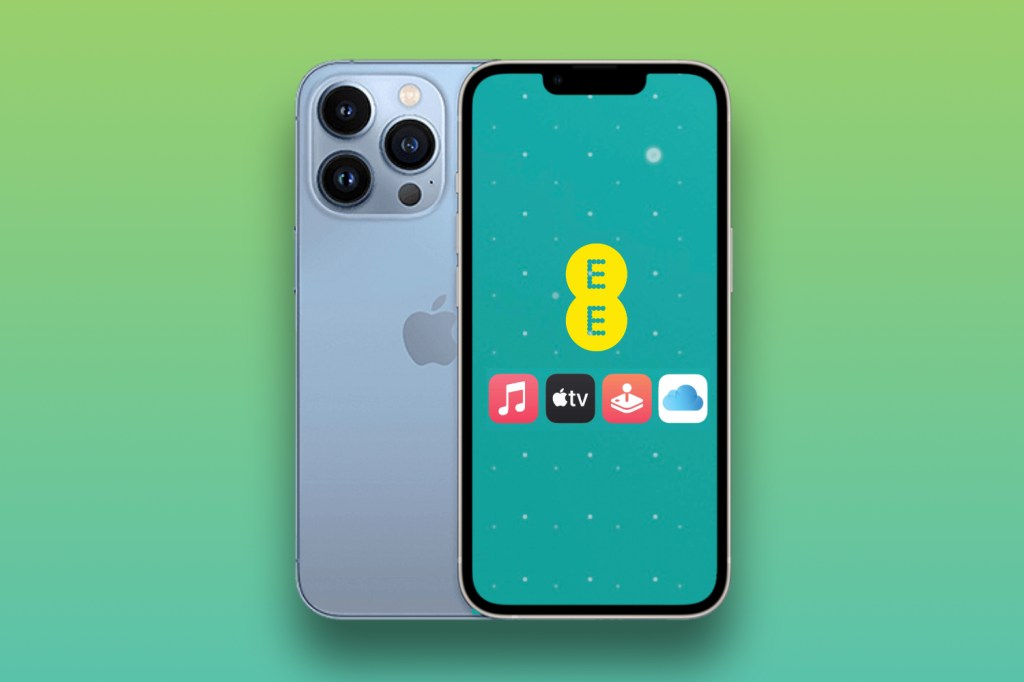
The decision to buy a smartphone outright or sign up for a contract is a financial and philosophical dilemma. Purchasing a phone outright can be a daunting upfront expense, but it grants you the freedom of ownership and the flexibility to switch carriers or plans as you see fit.
On the other hand, opting for a contract can soften the blow of a high sticker price, spreading the cost over months or even years. It’s an appealing option for those who prefer a more manageable monthly expense, but it comes with its caveats. Contracts often include interest, fees, and the potential for overpaying for the device in the long run. Moreover, they can limit your flexibility, binding you to a single carrier or plan.
Where you live might even play an important factor. In the US, it’s less common to buy a phone outright. Carriers offer tasty deals that can get you to sign up for them. Manufacturers even encourage you to go through a carrier if you buy from them! In the UK, it’s easier to buy a phone outright, and monthly plans are often less competitive. Above all else, pick what makes the most financial sense for you.
Do you wait to upgrade?

In the fast-evolving world of smartphones, the next big thing is always just around the corner. This relentless pace of innovation creates a paradox for consumers. Should you wait for the next upgrade?
If you’re always chasing the latest model, you might find yourself in a constant state of anticipation, never fully satisfied with your current device. However, technology waits for no one, and today’s flagship is tomorrow’s mid-ranger. Embracing the reality that there will always be something newer and shinier on the horizon is key.
Instead of succumbing to the upgrade cycle, focus on finding a phone that meets your needs today. By choosing a device that serves your current needs well, you can enjoy the benefits of technology without being caught in the endless loop of waiting for the next big thing. Remember, the best time to upgrade is when a new device offers meaningful improvements to your daily life, not merely because the calendar says it’s time for something new.

